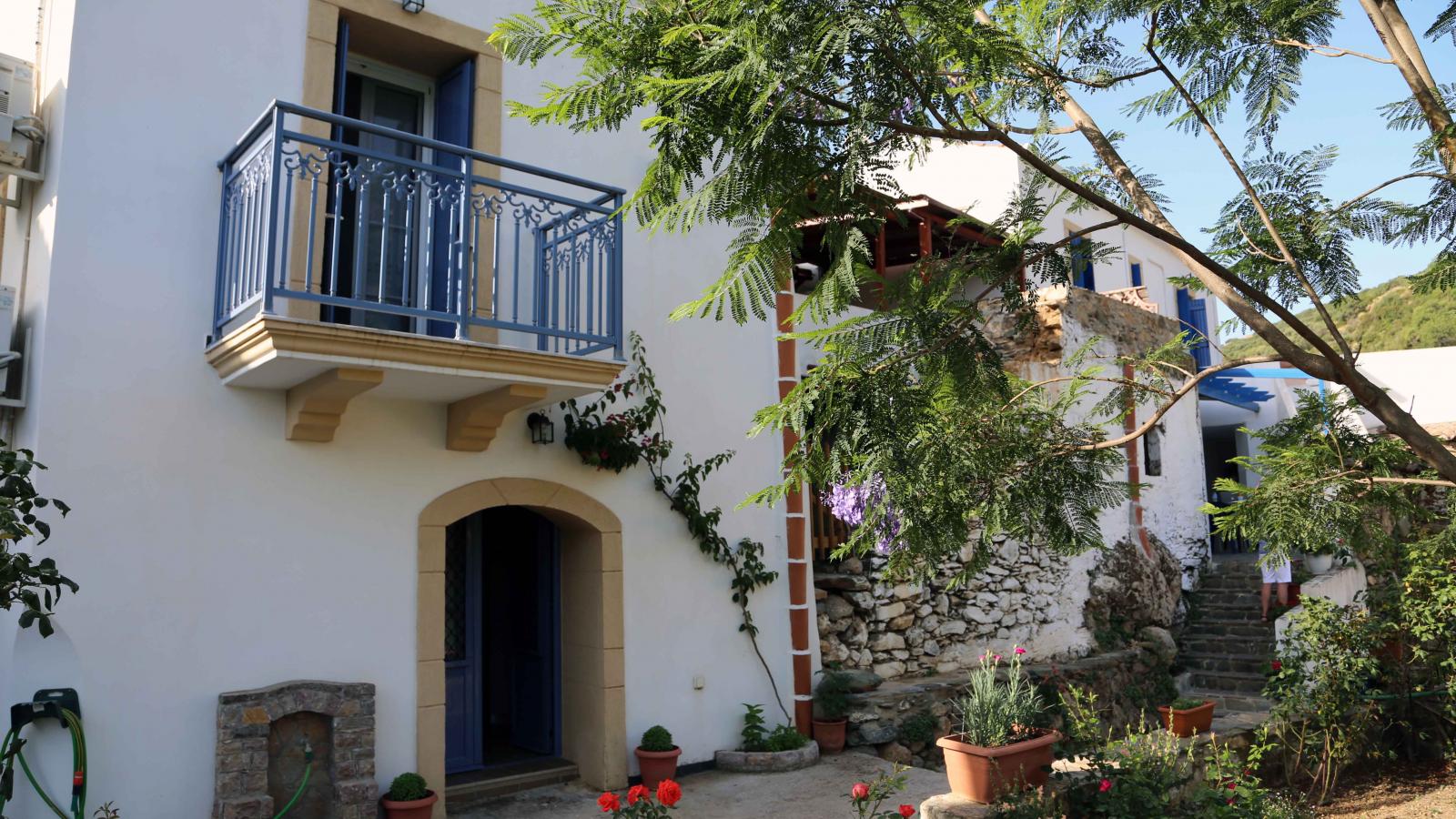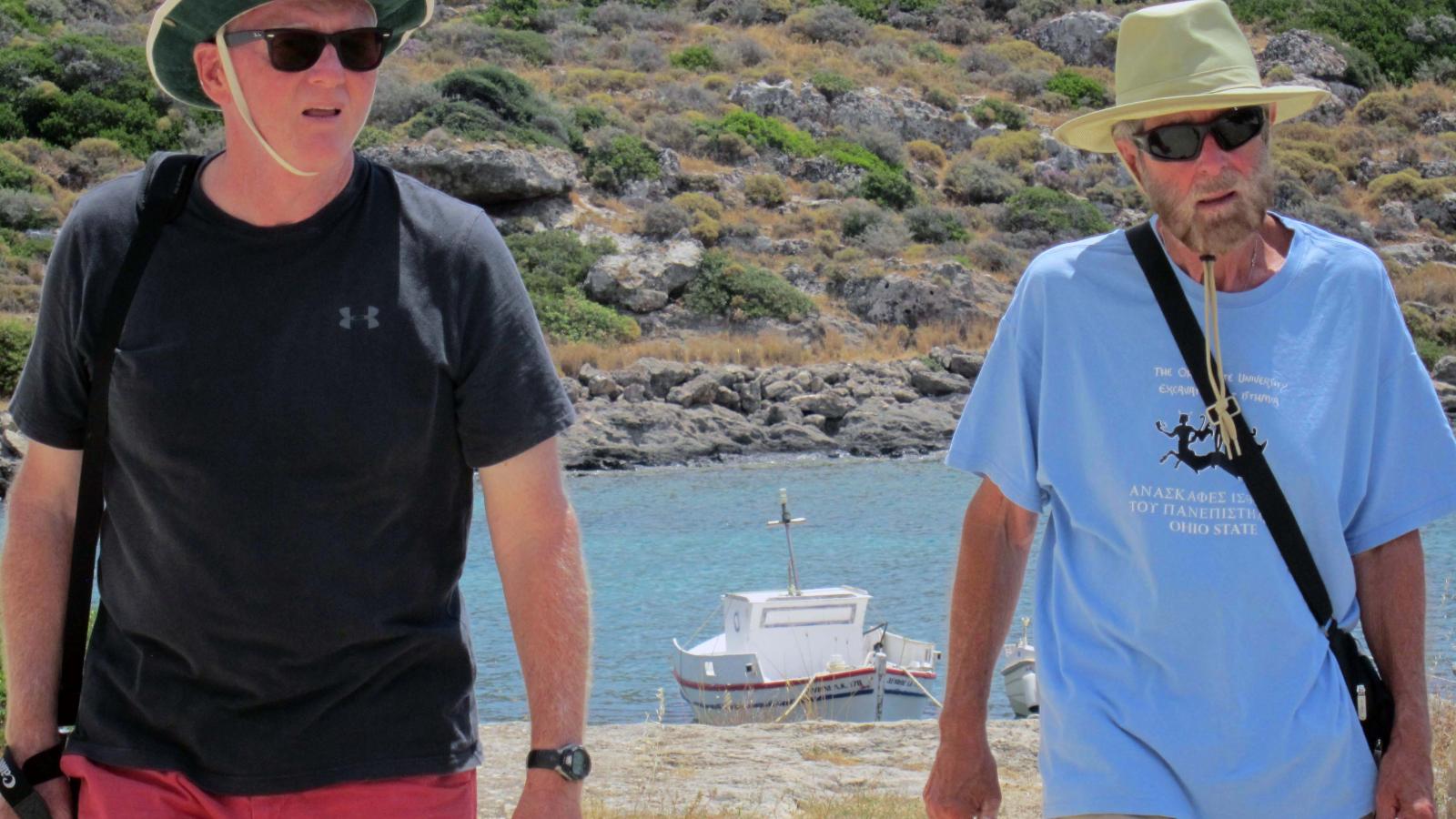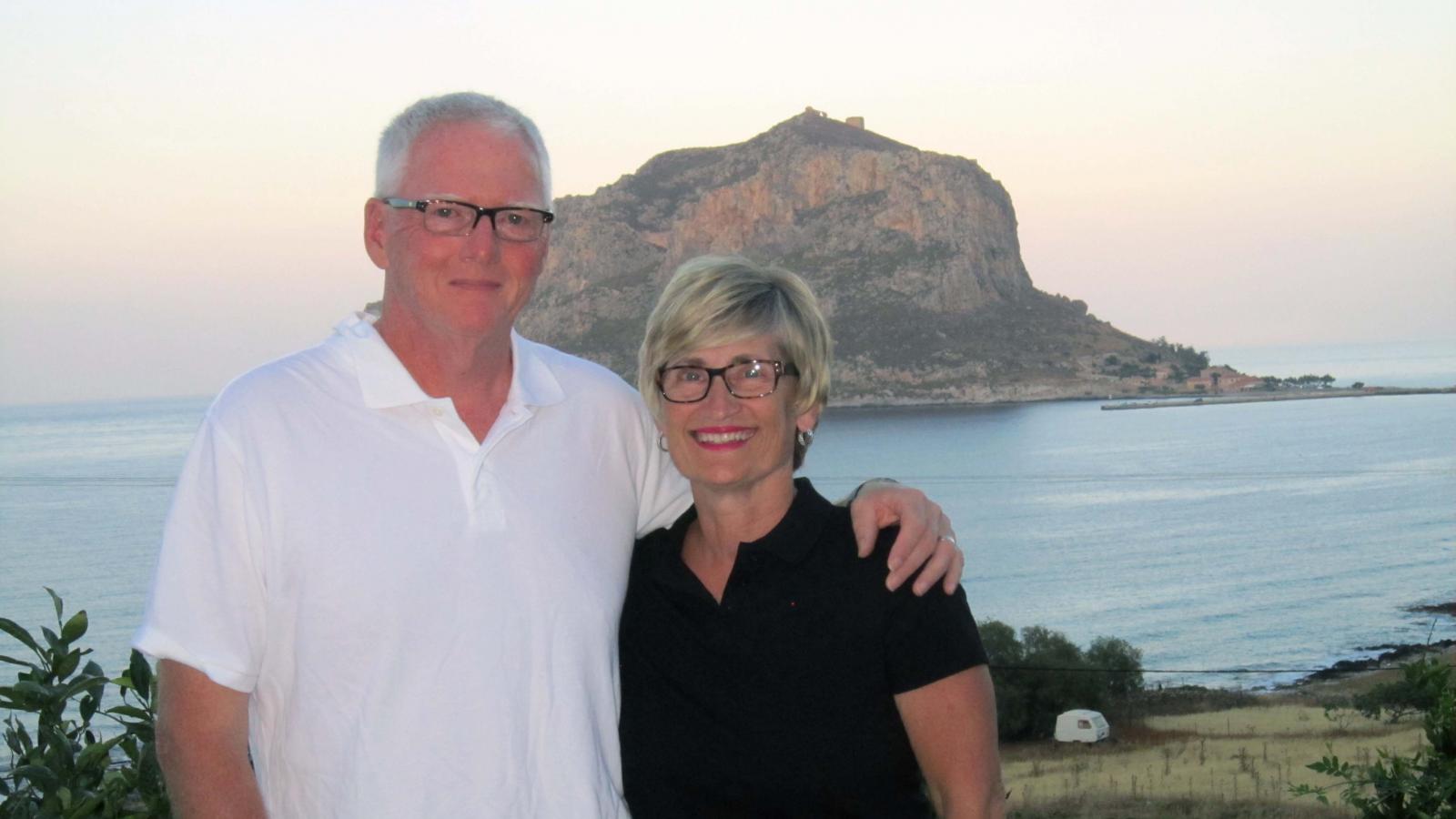Partially funded by an Arts and Humanities Small Research Grant, I spent much of this past June in Greece, where I examined material pertinent to three different projects. I did some last minute checking on a number of objects for my book on Greek Sculpture, due to appear in April. For an article on the origins of the archaistic style in Athenian sculpture during the Peloponnesian War, I was able to examine the altar to Dionysos at Brauron, critical to my work since it is datable to the end of the fifth century and bears very unusual archaistic figures. I had seen it before, but this was my first chance to study it in detail and, to my surprise, to photograph it, which alone made the trip worthwhile. I then moved on to Naxos and Paros to see material for an article on the origins of Greek marble sculpture. Another pleasant surprise, I discovered on display in the Paros museum some of the early Archaic kouroi recently found at Despotiko on Antiparos, which have already caused scholars to rethink definitions of regional schools at that time. So the research side of my trip went better than I could have hoped, and in addition, I got to spend several days on Paros and Naxos, places I shall surely return to soon.
Monica and I then met up with Profs. Tim and Lita Gregory in Corinth, where they run the OSU Excavations at Isthmia, drove to the port of Neapoli, and embarked on a short ferry ride to Kithira, where Profs. Gregory have established an impressive Study Center for OSU students. Kithira is spectacular - not much visited by tourists, large, well-watered, and historically rich, its importance from antiquity to the present day derived both from its ample resources and its position overlooking the primary shipping lanes south of the Peloponnese. It was also enlightening to be in Greece this June because of the sequence of events surrounding the country’s EU debt crisis. We left shortly before the plebiscite rejecting austerity measures and fortunately missed the banking disruption. Yet the impact of this now long-lived economic difficulty is palpable, especially in Athens in the closed businesses, reduced traffic, and relative absence of locals from restaurants. Although there seems to be no easy solution to the problem, we found people to be amazingly positive and welcoming.
Mark Fullerton
Professor of Classics and History of Art



